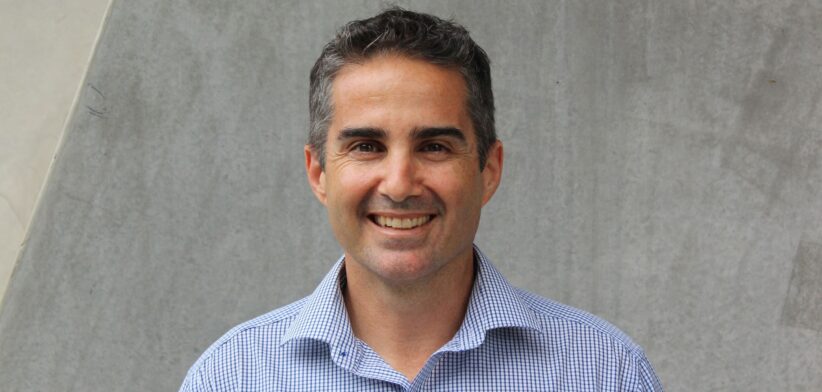Elderly Australians are at risk of financial exploitation when new home care rules come into force from November.
Trilogy Care CEO Luke Traini said while the recent Federal Government announcement of an additional 20,000 home care packages to ease waiting lists was welcomed. it masked looming issues around the new Support at Home program.
Mr Traini said the new program, which begins on November 1, was a fundamental change in the way aged care services were priced and delivered.
“It’s the day we risk seeing a wave of price gouging that could leave older Australians with less care for more money,” he said.
Mr Traini said under the new system, the Government would pool 10 per cent of each participant’s quarterly budget to fund care management.
He said this replaced the current model, where providers could charge what they liked for care management and package administration, up to 35 percent of a client’s total Home Care Package.
“On paper, this sounds like a win for clients. In practice, it’s a pressure cooker.
“Providers who’ve relied on high admin fees to stay afloat will be forced to recoup those margins elsewhere.”
Mr Traini said it was likely they would raise hourly rates for crucial services like personal care, domestic assistance and nursing.
“Some independent industry advisors are warning of prices rising by 30 to 40 percent.
“That means a $100/hour service could soon cost $130 or more. For older Australians on fixed budgets, this effectively means an erosion of care.”
He said the upcoming price shock was a symptom of a deeper problem, in that the system was reactive, not proactive.
“The government’s delay in rolling out the Support at Home program, originally due in July but pushed to November, has created confusion and uncertainty across the sector.
“The scramble to release 20,000 packages after months of inaction only underscores the lack of long-term planning.”
Mr Traini said waitlists had surged as Australia’s ageing population accelerated and as demand continued to outpace supply, the promised places in the new program would likely fall short.
He said it was not just the Government that needed address this issue, with the industry itself needing to step up.
“For too long, aged care has been provider-centric,” he said.
“Legacy providers often dictate who delivers your care, when they show up, and how much of your package is spent on administration.
“It’s a system that disempowers older Australians and buries them in bureaucracy.”
Mr Traini said legacy providers could no longer ignore the need to reform.
“For example, a self-managed care model offers a more sustainable path, allowing clients to choose their own workers, negotiate rates directly, manage their own budgets, and reduce their fees significantly.”








